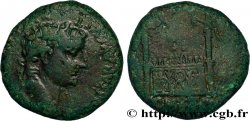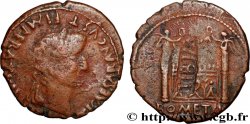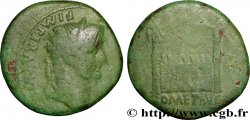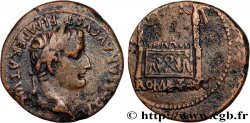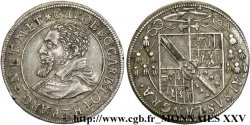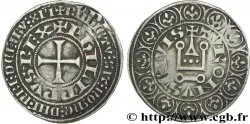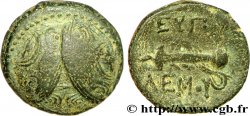v43_0368 - TIBERIUS As à l'autel de Lyon, (MB, Æ 27)
MONNAIES 43 (2010)
Startpreis : 195.00 €
Schätzung : 400.00 €
Erzielter Preis : 195.00 €
Anzahl der Gebote : 1
Höchstgebot : 259.00 €
Startpreis : 195.00 €
Schätzung : 400.00 €
Erzielter Preis : 195.00 €
Anzahl der Gebote : 1
Höchstgebot : 259.00 €
Type : As à l'autel de Lyon, (MB, Æ 27)
Datum: c. 10 AD.
Name der Münzstätte / Stadt : Gaule, Lyon
Metall : Bronze
Durchmesser : 27 mm
Stempelstellung : 9 h.
Gewicht : 10,96 g.
Seltenheitsgrad : R2
Kommentare zum Erhaltungszustand:
Flan large, bien centré des deux côtés. Beau portrait. Très joli revers de style fin. Patine vert foncé, légèrement granuleuse
N° im Nachschlagewerk :
Vorderseite
Titulatur der Vorderseite TI CAESAR AVGVST - F IMPERAT V.
Beschreibung Vorderseite Tête laurée de Tibère César à droite (O*).
Übersetzung der Vorderseite “Tiberius Cæsar Augusti Filius Imperator quintum”, (Tibère césar fils d’Auguste revêtu de la cinquième acclamation impériale).
Rückseite
Titulatur der Rückseite ROM ET AVG.
Beschreibung Rückseite Autel de Lyon.
Übersetzung der Rückseite “Romæ et Augusti”, (À Rome et Auguste).
Kommentare
À partir de 10 après J.-C., Tibère, associé au pouvoir et héritier présomptif d’Auguste, participe au monnayage de son beau-père. Nous sommes bien en présence d’un as et pas d’un dupondius. Si le droit est de très bonne facture, l’autel au revers semble stylisé, comme étriqué. Sommes-nous en présence d’un exemplaire officiel ou d’une production locale ? J.-B. Giard n’avait recensé qu’un seul exemplaire de ce type avec la cinquième acclamation impériale. Nous n’avons pas relevé d’identité de coin pertinente.
From 10 AD, Tiberius, associated with power and heir presumptive to Augustus, participated in the minting of his father-in-law. We are indeed in the presence of an ace and not a dupondius. If the obverse is of very good quality, the altar on the reverse seems stylized, as if narrow. Are we in the presence of an official example or a local production? J.-B. Giard had only recorded a single example of this type with the fifth imperial acclamation. We have not noted any relevant die identity
From 10 AD, Tiberius, associated with power and heir presumptive to Augustus, participated in the minting of his father-in-law. We are indeed in the presence of an ace and not a dupondius. If the obverse is of very good quality, the altar on the reverse seems stylized, as if narrow. Are we in the presence of an official example or a local production? J.-B. Giard had only recorded a single example of this type with the fifth imperial acclamation. We have not noted any relevant die identity







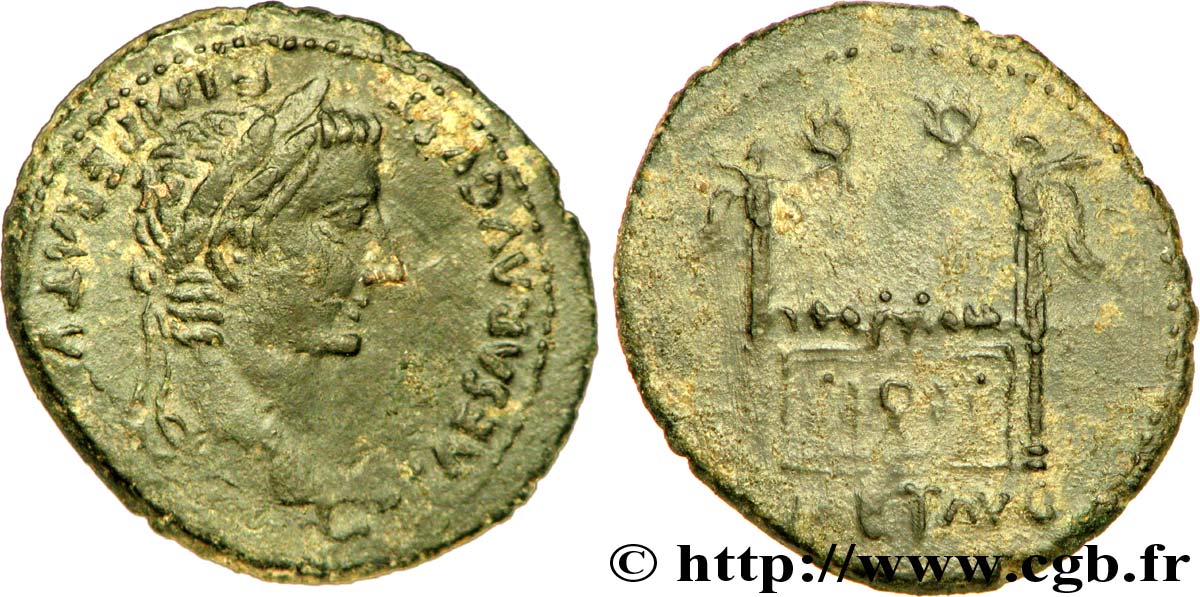
 Berichten über einen Fehler
Berichten über einen Fehler Die Seite drucken
Die Seite drucken Teilen meiner Auswahl
Teilen meiner Auswahl Stellen Sie eine Frage
Stellen Sie eine Frage Einlieferung/Verkauf
Einlieferung/Verkauf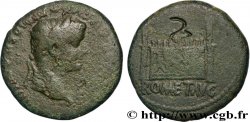
 Details
Details
